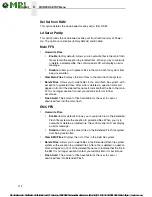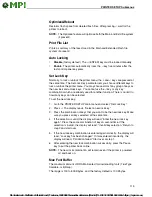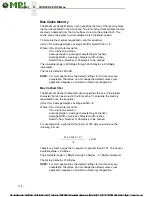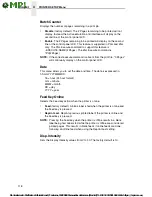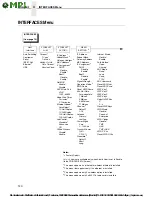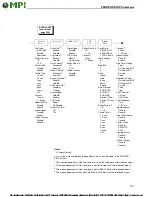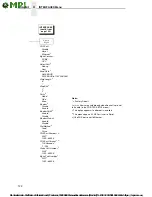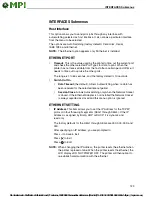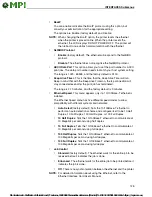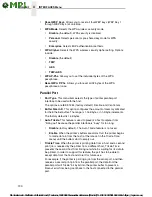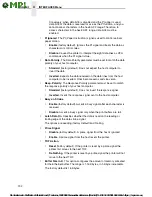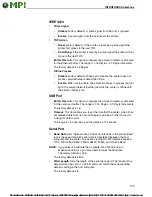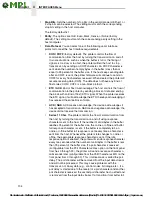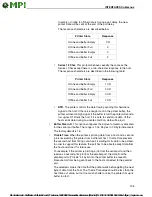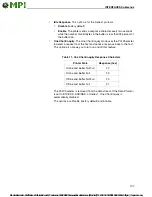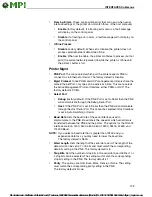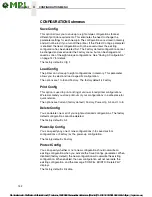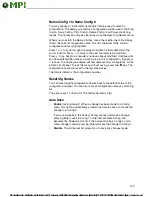
128
4
INTERFACES Menu
•
SSID Name
.
A 1-32 character, case-sensitive string that identifies the
Extended Service Set Identification (ESS_ID) network the unit is part of.
(ESS_ID is also called NET_ID.) These characters can be alphanumeric,
symbols, or spaces. The SSID name and alphanumeric characters are
divided into three parts in the control panel menu as
“SSID Name (01-15)”, “SSID Name (16-30)” and “SSID Name (31-32).
•
Reset SSID Name
. Allows you to reset the SSID name.
•
Min Xfer Rate
. Allows you to set the minimum speed at which the
Wireless Option will accept a connection (in millions bits per second). The
options are Auto-negotiate (factory default), 1Mb/sec., 2Mb/sec.,
5.5Mb/sec., and 11Mb/sec.
•
Channel
. Allows you to select the RF channel. The options are Default
and 1-15.
NOTE:
The Channel option is hidden for 802.11g radio card.
•
Preamble
. The length of the preamble in transmit packets.
•
Default
(the default). The Wireless option automatically determines
the length.
•
Short
. For newer printers which can handle higher transfer rate
speeds.
•
Long
. For older printers, which cannot handle higher transfer rate
speeds.
•
Antenna
.
The type of antenna used:
•
Primary
(factory default). Select when you want to use the Primary
antenna on the server.
•
Auxiliary
. Select when you want to use the Auxiliary antenna on the
server.
•
Power Mgmt
. This allows you to set power-save mode and sleep time. A
value specifying the sleep time in milliseconds will be provided. If set to
zero, power-save mode will be disabled.
The range is 0-1000 ms., and the factory default is 0 ms.
•
Transmit Power
. The power level as a percentage of full power.
The range is 0 - 100%, and the factory default is 100%.
•
Internat. Mode
. When enabled, the Wireless option adapts to
international frequency requirements in Europe.
The options are Disable (factory default) and Enable.
•
EAP Mode
. This selects the EAP authentication method.
•
LEAP
selects Cisco LEAP authentication.
•
PEAP
selects PEAP authentication.
•
TTLS
selects TTLS authentication.
•
None
(factory default) disables EAP authentication.

